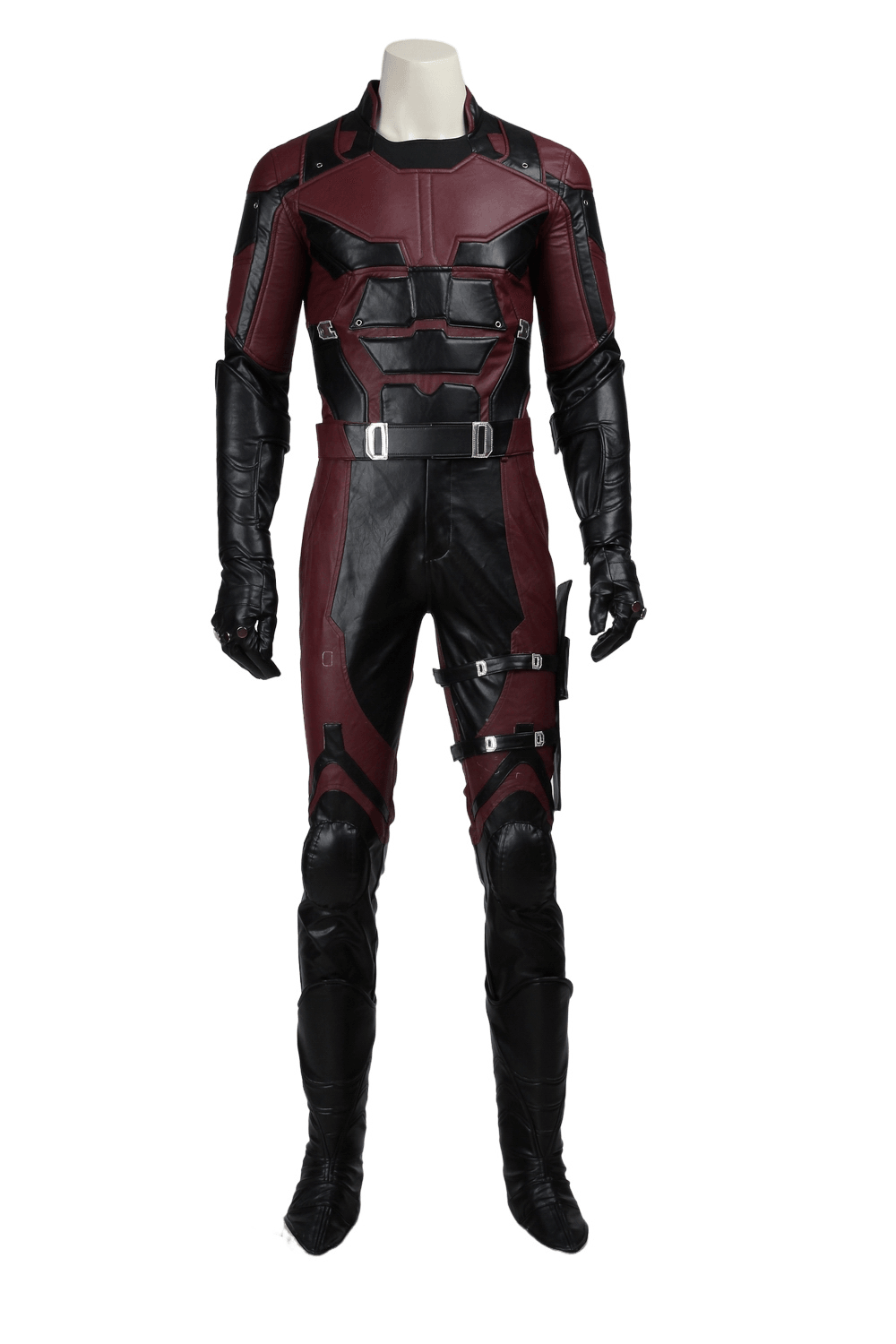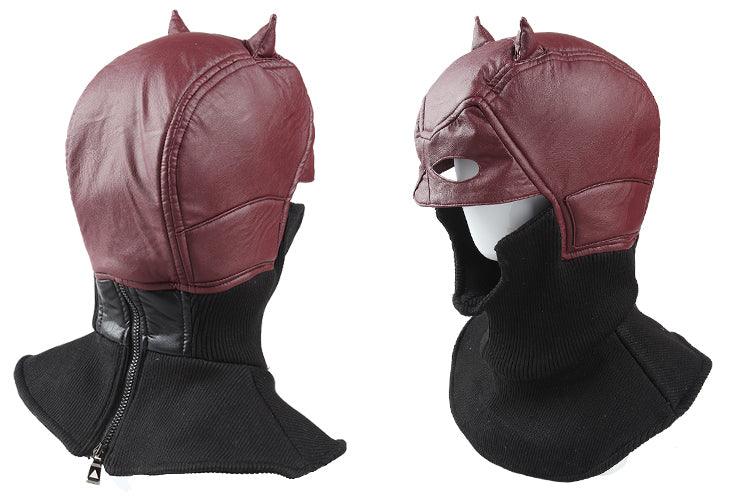Creating Boot Covers for Cosplay: The Ultimate Guide
Boot covers are an essential element in many cosplay costumes, allowing you to transform ordinary shoes into character-specific footwear. This comprehensive guide will walk you through the process of making your own boot covers, from planning to execution. Whether you're a beginner or an experienced cosplayer, these techniques will help you elevate your costume to the next level.
Planning Your Boot Covers
Before diving into the creation process, it's crucial to plan your boot covers carefully. Consider the following aspects:
Character Reference: Study images of your character's boots from various angles. Pay attention to details such as seams, textures, and any unique features.
Base Shoes: Choose comfortable shoes that will serve as the foundation for your boot covers. Opt for simple, low-profile shoes without excessive embellishments.
Material Selection: The choice of fabric is critical for both appearance and functionality. For most boot covers, a stretchy material like 4-way stretch fabric or spandex works well. However, some characters may require different textures or materials like pleather or vinyl.
Color and Finish: Ensure your chosen fabric matches the color of your character's boots. Consider whether you need a matte or glossy finish.
Materials and Tools
Gather the following materials and tools before starting your project:
-
Stretch fabric (2-way or 4-way stretch)
-
Matching thread
-
Pattern paper or butcher paper
-
Fabric scissors
-
Paper scissors
-
Measuring tape
-
Marker or fabric chalk
-
Pins or fabric clips
-
Sewing machine
-
Seam ripper (for any mistakes)
-
Elastic (optional, for securing covers)
-
Foot grips or non-slip soles
-
Duct tape and plastic wrap (for pattern-making)
Creating the Pattern
An accurate pattern is crucial for well-fitting boot covers. Follow these steps to create your pattern:
-
Put on your base shoes and any socks or tights you plan to wear with your costume.
-
Wrap your leg and foot in plastic wrap, extending to the height you want your boot covers to reach.
-
Cover the plastic wrap with duct tape, being careful not to pull it too tight.
-
Draw your design lines directly on the duct tape, including any seams or details specific to your character's boots.
-
Carefully cut along these lines to remove the duct tape pattern from your leg.
-
Cut the pattern apart at the seam lines and lay it flat on your pattern paper.
-
Trace around each piece, adding a 1.5 cm (5/8 inch) seam allowance.
-
Label each pattern piece and mark any important details or alignment points.
Cutting and Sewing
With your pattern ready, it's time to cut and sew your boot covers:
-
Lay out your fabric and pin the pattern pieces in place. If using a 2-way stretch fabric, ensure the stretch runs from heel to toe.
-
Cut out your fabric pieces, being careful to follow the pattern accurately.
-
Begin by sewing the front seam of the boot cover. Use a stretch stitch like a narrow zigzag or a triple straight stitch to allow for flexibility.
-
Pin and sew the back seam, leaving an opening at the heel if your design requires it.
-
If your boot cover has a separate sole piece, attach it to the main body of the cover. Clip curves as needed to ensure a smooth fit.
-
Try the cover on your base shoe to check the fit. Make any necessary adjustments.
-
Finish the top edge of the boot cover with a hem or binding, depending on your design.
-
Add any additional details or embellishments specific to your character's boots.
Fitting and Finishing Touches
Proper fitting and finishing are key to professional-looking boot covers:
-
Slip the covers over your base shoes and adjust for a smooth fit.
-
If needed, add elastic under the arch of the foot to keep the cover in place.
-
Attach non-slip soles or foot grips to the bottom of the covers for safety and durability.
-
For characters with exposed heels, like Jessie from Toy Story, cut openings for the heels and finish the edges neatly.
-
Add any final details such as buckles, laces, or painted elements to complete the look.
Advanced Techniques
For more complex boot covers, consider these advanced techniques:
Structured Covers: Use interfacing or foam to create structured elements like armor plates or raised designs.
Mixed Materials: Combine different fabrics or add appliqués for textured or multi-colored boots.
Weathering and Aging: Apply paint, dry brushing, or strategic distressing to give your boots a worn or battle-damaged appearance.
LED Integration: For futuristic or magical characters, consider incorporating LED lights into your boot covers.
Maintenance and Care
Proper care will extend the life of your boot covers:
-
Store them flat or stuffed with tissue paper to maintain their shape.
-
Spot clean when possible to avoid damaging any delicate details.
-
For machine-washable fabrics, use a gentle cycle and air dry.
-
Touch up paint or reattach embellishments as needed between wears.
Inspiration from CrazeCosplay.com
CrazeCosplay.com offers a wide range of cosplay costumes that include boot covers, providing excellent inspiration for your own creations. For example, their Dragon Ball Super Broly cosplay costume includes boot covers as part of the ensemble. Similarly, the Guardians of the Galaxy 2 Peter Jason Quill Starlord costume features boot covers that complete the iconic look.
For those interested in creating a Jessie costume from Toy Story, CrazeCosplay.com suggests using boot covers over regular shoes as an alternative to finding the perfect cowgirl boots. This demonstrates the versatility of boot covers in cosplay, allowing you to achieve accurate character looks without investing in multiple pairs of specialized footwear.
Troubleshooting Common Issues
Even experienced cosplayers encounter challenges when making boot covers. Here are some common issues and their solutions:
Puckering Seams: If your seams are puckering, try adjusting your machine's tension or using a walking foot attachment.
Gaping at the Ankle: Add darts or take in the seams slightly to achieve a smoother fit around the ankle.
Slipping Covers: In addition to foot grips, consider adding elastic straps that go under the shoe for extra security.
Visible Base Shoe: Choose a darker color for your base shoe or add an extra layer of fabric to your boot cover to prevent show-through.
Conclusion
Creating custom boot covers is a valuable skill for any cosplayer. With practice, you'll be able to transform ordinary shoes into extraordinary character footwear. Remember to start with a solid plan, take accurate measurements, and pay attention to the details that make your character's boots unique. Whether you're crafting boot covers for a Broly costume from Dragon Ball Super or channeling your inner Star-Lord from Guardians of the Galaxy, the techniques outlined in this guide will help you achieve professional-looking results.
By mastering the art of boot cover creation, you'll not only enhance your cosplay's authenticity but also save money by repurposing shoes across multiple costumes. As you continue to refine your skills, don't be afraid to experiment with different materials and techniques to bring your favorite characters to life from head to toe.
Remember, the key to successful cosplay is attention to detail and a willingness to learn and improve with each project. Happy crafting, and may your boot covers take your cosplay to new heights!







